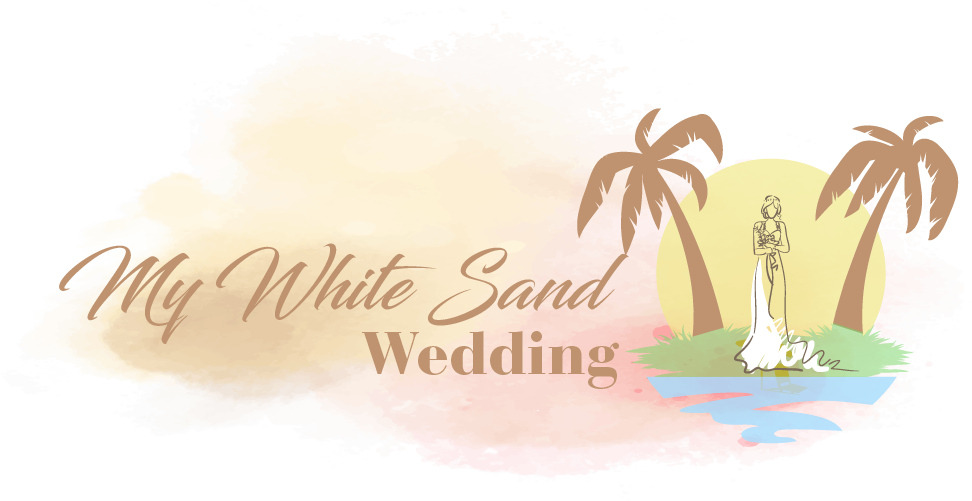Many of the customs related to weddings are deeply rooted in tradition. Even though we may not recognize the significance of customs now, a little research uncovers why certain things happen in a specific way.
Traditional three-tier wedding cakes are a perfect example.
Typically, the bottom tier is reserved for serving guests at the ceremony. Servers hand out the middle level of the cake to guests after the reception. Couples and families save the top tier for remembrance or eating later.

The custom of having three cake tiers is a cherished part of almost every traditional wedding. While there is certainly room to play with desserts, cakes with three levels are still trendy. Let’s look at why traditional wedding cakes have three tiers and what you can do if you want to try something different.
Table of Contents
The Meaning of Three Cake Tiers
The wedding cake tiers aren’t just for show. People have been using three-tier cakes for hundreds of years. A good wedding gift is partly dessert, a parting gift, and a family tradition.
Generally, wedding cakes are made on separate tiers with space between them, making serving different cake levels easier. You can cut up the lower level after taking the top tier off, etc., without damaging the rest of the cake.
Usually, people at the wedding reception get to eat the bottom tier of the cake. It’s the largest and the one that couples often come together to cut as part of the ceremony before it is served to guests.
The second layer is saved for later in the evening. Traditionally, it was boxed up and served to guests as a party favor. These days, that’s less common. Instead, people usually try to eat as much cake as possible.
The top tier is saved until the couple’s first child’s christening. Again, this doesn’t happen as frequently in modern weddings, but it’s nice to know why there’s a third, smaller tier. It’s a way to mark a milestone in a marriage.
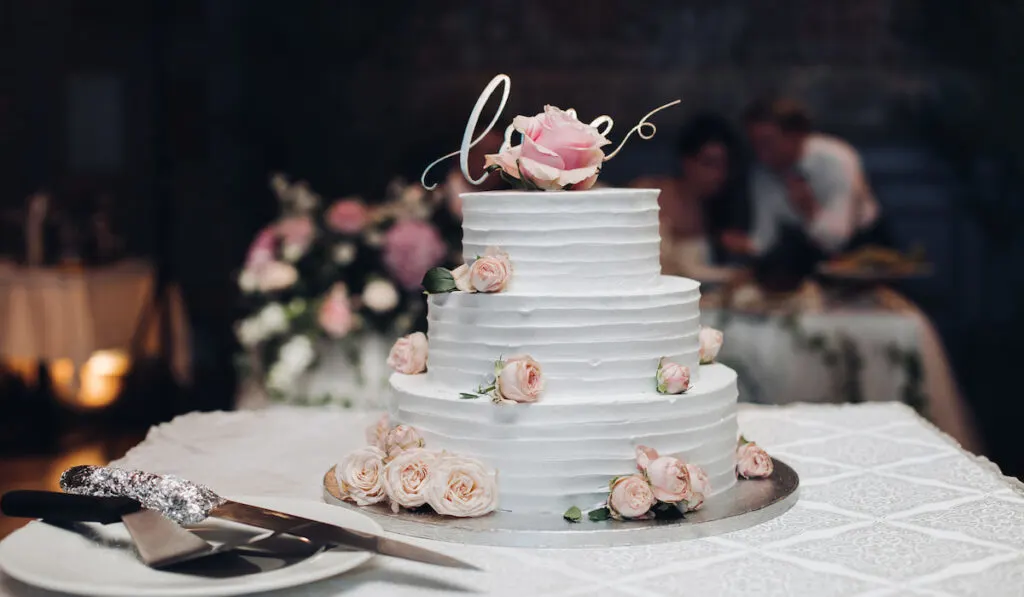
How Many Layers Should a Wedding Cake Tier Have?
There are fewer rules once you have the number of tiers settled. For example, some people wonder whether there are traditions around how many layers each tier should have. While most wedding cakes have two or three layers, they mostly want the cake to taste good with more internal icing that moisturizes it.
Cakes with more layers in each tier are harder to make and come across as fancier. If you have the budget and want to go all out, get a multi-layered cake with three tiers.
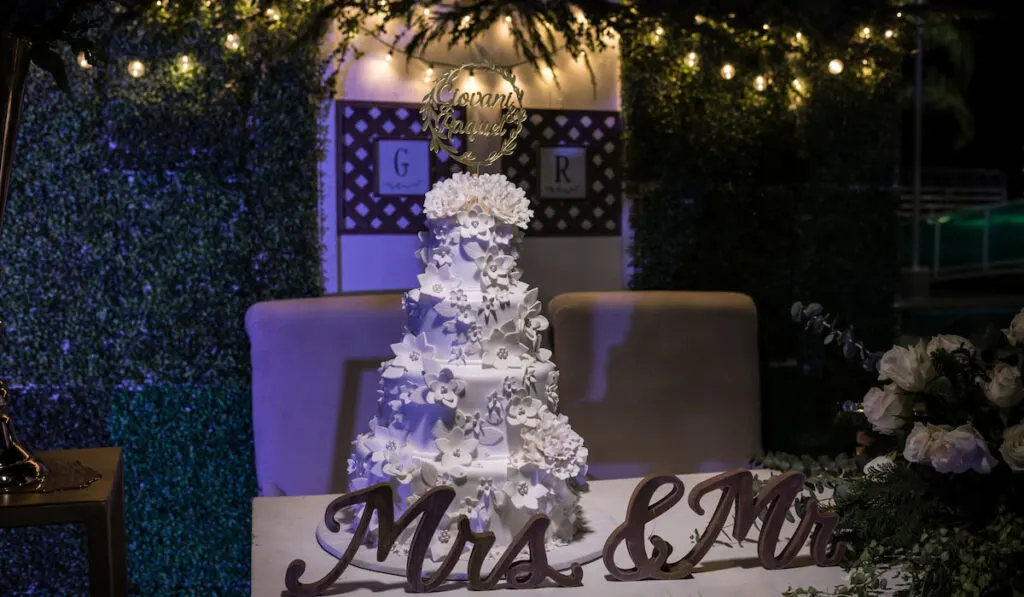
How Tall Should Each Tier of a Wedding Cake Be?
The height of each tier doesn’t really matter, either.
Typically, wedding couples love to see taller cakes rather than wider cakes, so large weddings will have more towering tiers to feed more guests. If you have fewer guests at your wedding, the height of each level isn’t a concern. Focus on flavor instead!
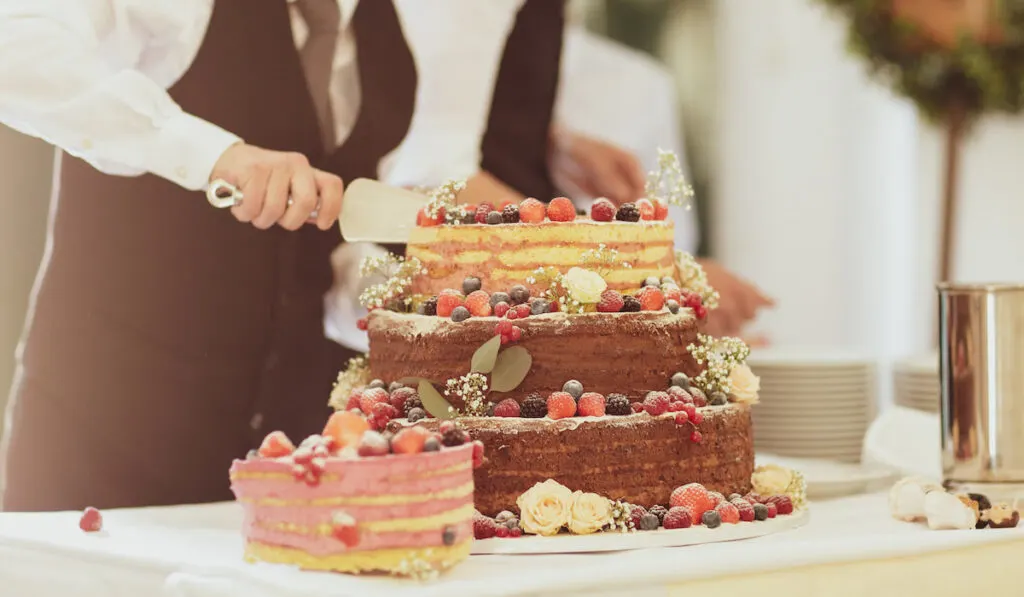
Non-Traditional Wedding Cakes
Not planning to give slices of cake away to guests as they walk out of the reception hall? Don’t want to keep a tier of cake in the ice box until your child’s christening?
Some people stick with traditional wedding cakes because they love how they look. There is something to be said about tradition and nostalgia. Adhering to cultural norms is a terrific way to bring people together during a wedding.
These days, you’ll see a lot of weddings with three-tiered cakes without the stilts that separate them. When couples cut the cake, they eat all of the tiers and don’t worry about saving any portion of the cake.
Making the tiered cakes all in one piece is easier and gives pastry chefs more room to innovate with creative designs.
Also, in the spirit of constantly taking things up a level, couples add more than three tiers to their cakes. Just be careful when you’re buying a cake. They can cost a lot of money. Ideally, you’ll get a beautiful cake that’s big enough to feed your guests without too many leftovers.
Other Wedding Dessert Ideas
Not everyone loves cakes or the idea of paying hundreds or thousands of dollars for a wedding cake. For those people, you can employ several dessert options for your wedding to make things fun while you toss out a bit of tradition. Here are some excellent ideas.
The Dessert Bar
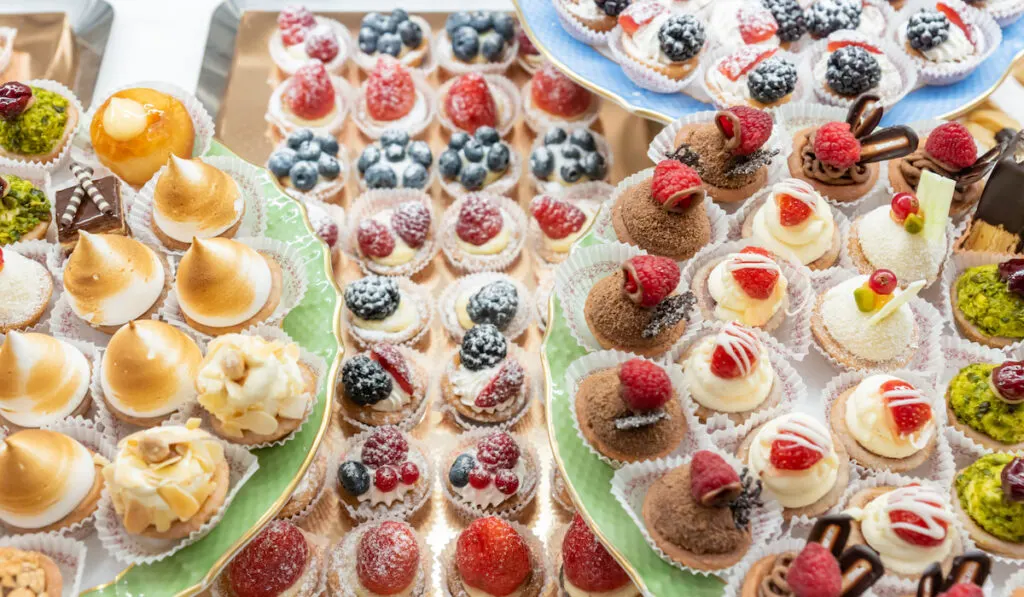
What if you want a fun way to let guests choose what desserts they get after dinner as they dance around and enjoy themselves? Buffett bars are trendy these days.
Caterers make a variety of small, single-portion desserts instead of massive wedding cakes. The guests can eat donuts, cheesecakes, cupcakes, pies, and anything else the couple wants to have at the reception.
Wedding Chocolate Fountains
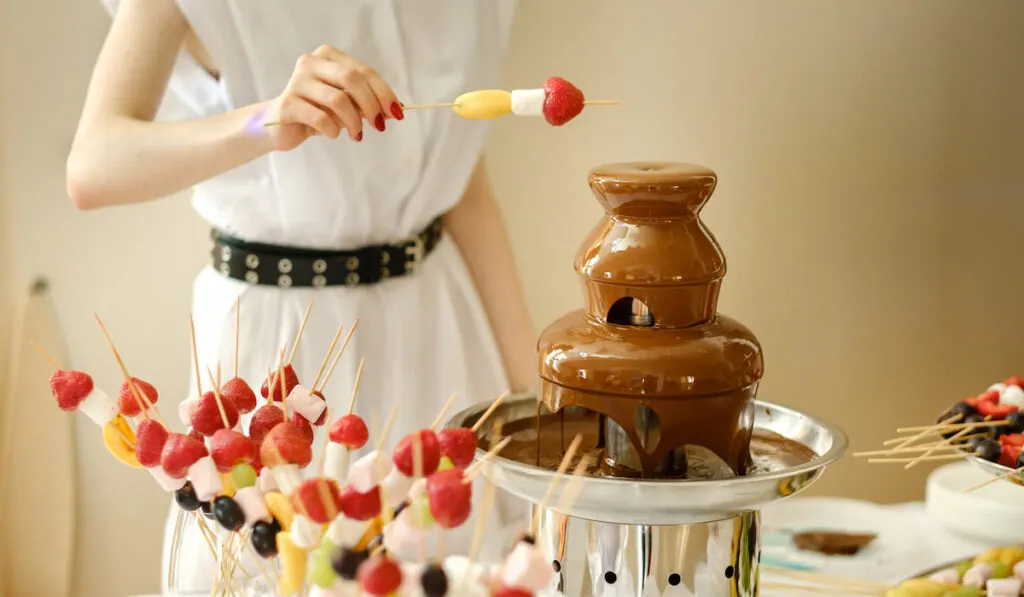
Chocolate fountains at weddings are something your guests will remember for years. They’ll also keep the kids busy while adults dance the night away and have drinks with friends and family. Chocolate fountains don’t require much preparation to spread your attention across other wedding details.
Cheese Cakes
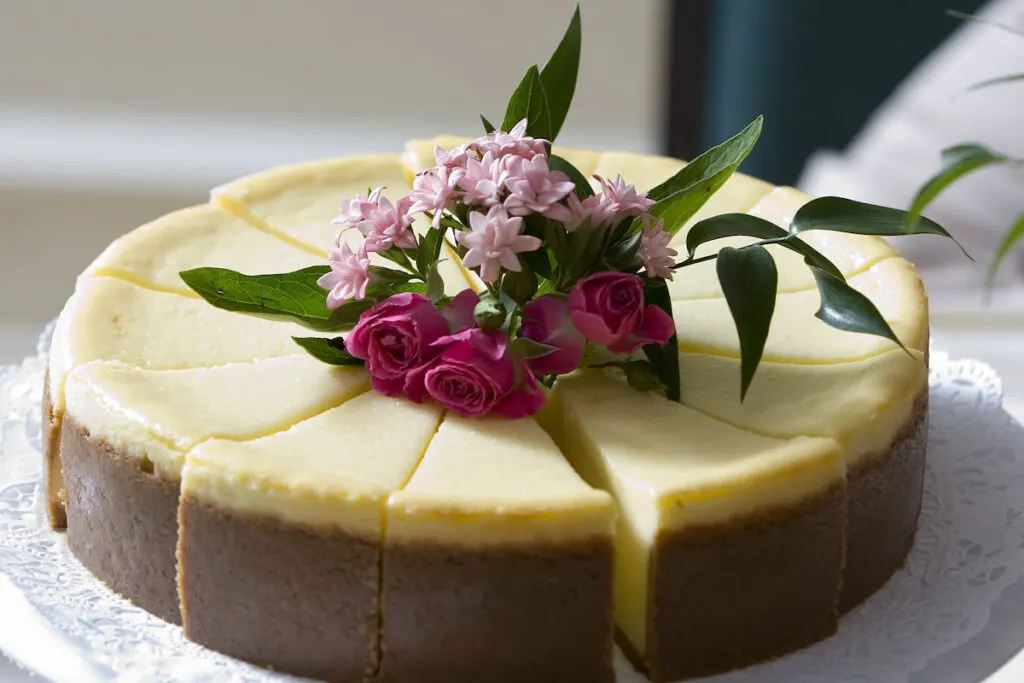
Now, we’re not talking about the traditional cheesecake dessert as a substitute for a traditional wedding cake. Many weddings use cheesecakes for their cakes, but this is entirely different.
There are a lot of couples who don’t love sweet things, period! So instead of a sweet cake, they opt for a wedding cake made of artisan cheeses. Whether it’s a lovely brie or some gouda, guests can serve themselves premium cheese, fruit, and crackers instead of a sugary dessert.
Final Thoughts
Above all, you should remember that there are no rules when it comes to your wedding. These days, more couples are eschewing tradition and charting their paths. If you want to stick to tradition, three-tiered wedding cakes are the way to go. They are a timeless classic everyone, young and old, will appreciate. The most important part of your wedding cake is that you and your partner love it.
